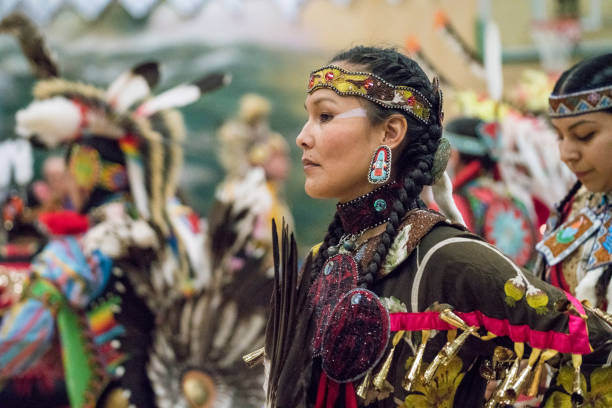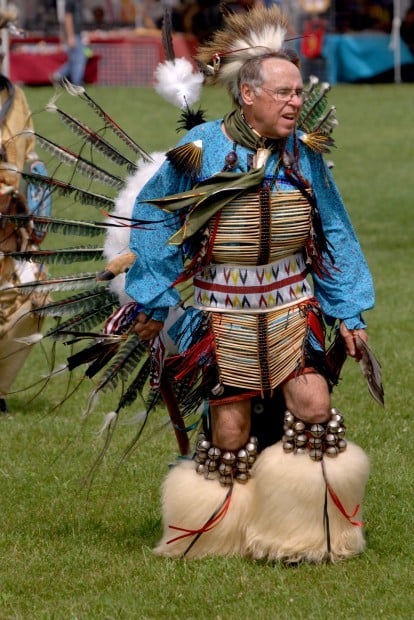Unveiling the Wealth of Indigenous Nations: Exploring the Richest Indian Tribes in the United States
Unveiling the Wealth of Indigenous Nations: Exploring the Richest Indian Tribes in the United States
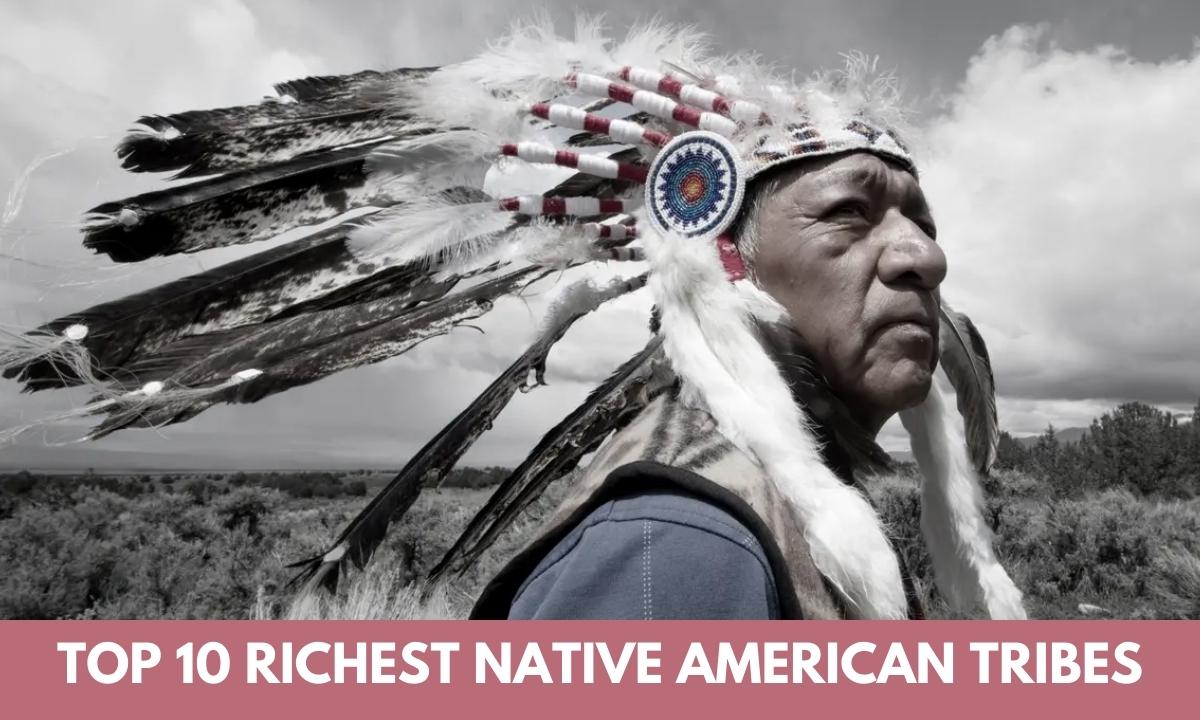
The term "richest" can be a complex one when discussing Indigenous communities, as wealth often transcends monetary value. It encompasses cultural preservation, land ownership, self-governance, and overall well-being. However, this article delves into the economic prosperity of specific tribes in the United States, focusing on their financial resources, business ventures, and tribal governance structures that have contributed to their economic success.
Understanding the Concept of Tribal Wealth
Related Articles: Unveiling the Wealth of Indigenous Nations: Exploring the Richest Indian Tribes in the United States
Before diving into specific tribes, it’s crucial to understand the multifaceted nature of tribal wealth. It’s not solely determined by individual wealth or income, but rather by the collective prosperity of the tribe. Factors contributing to tribal wealth include:
- Land ownership: Tribes with large landholdings, especially those rich in natural resources like oil, gas, timber, or minerals, often generate significant revenue.
- Gaming and casinos: The Indian Gaming Regulatory Act (IGRA) of 1988 granted tribes the right to operate casinos on their lands, leading to substantial economic growth for some.
- Business ventures: Some tribes have diversified their economic portfolios by investing in various sectors like hospitality, tourism, energy, and technology.
- Government funding and programs: Federal and state governments provide funding and programs to support tribal communities, contributing to their economic stability.
- Cultural preservation and language revitalization: Maintaining cultural traditions and language is a valuable asset, fostering a strong sense of identity and generating tourism revenue.
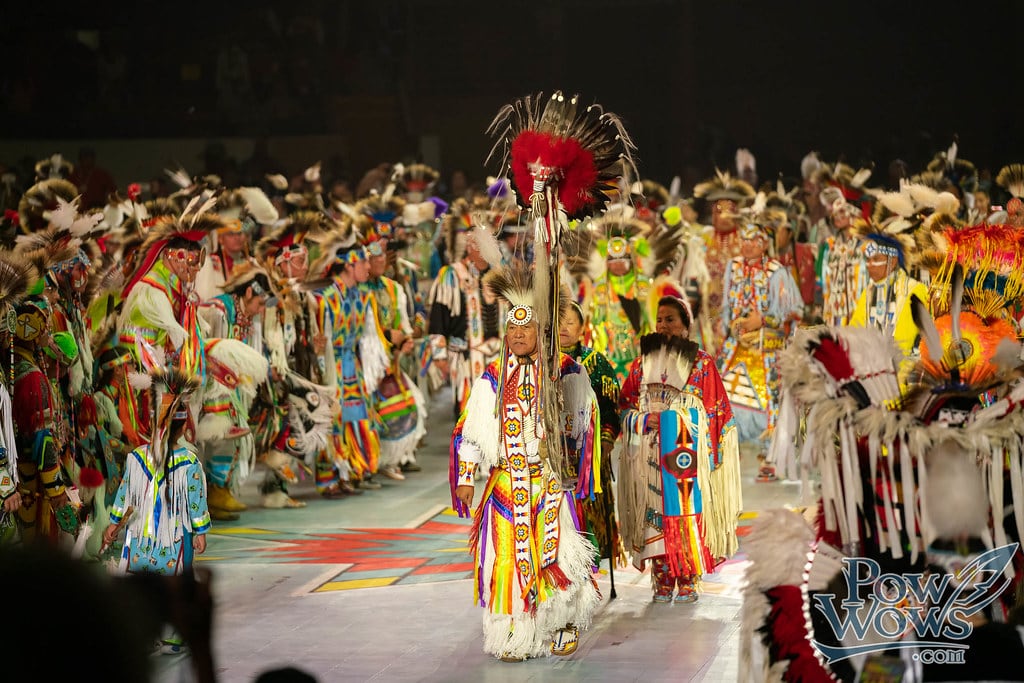
The Richest Tribes: A Glimpse into Their Success Stories
While it’s challenging to definitively rank tribes based on wealth due to varying reporting methods and privacy concerns, here are some prominent tribes known for their economic success:
1. The Cherokee Nation
- Location: Oklahoma
- Population: Over 390,000
- Key economic drivers: Gaming, energy, healthcare, and government contracts.
- Notable ventures: Cherokee Nation Businesses (CNB), a diversified company with investments in casinos, hospitality, energy, and technology.
- Impact: The Cherokee Nation has invested heavily in education, healthcare, and economic development, significantly improving the lives of its citizens.
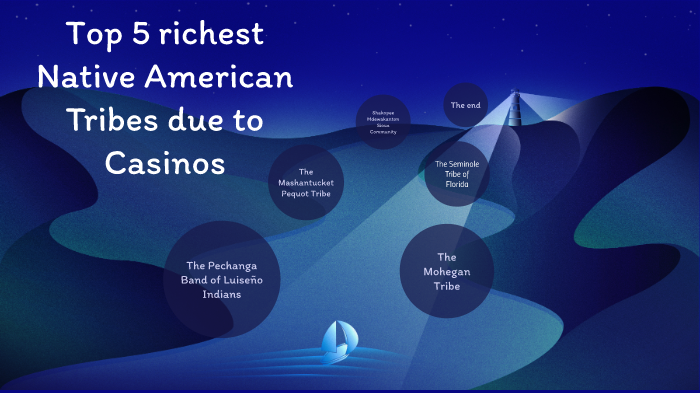
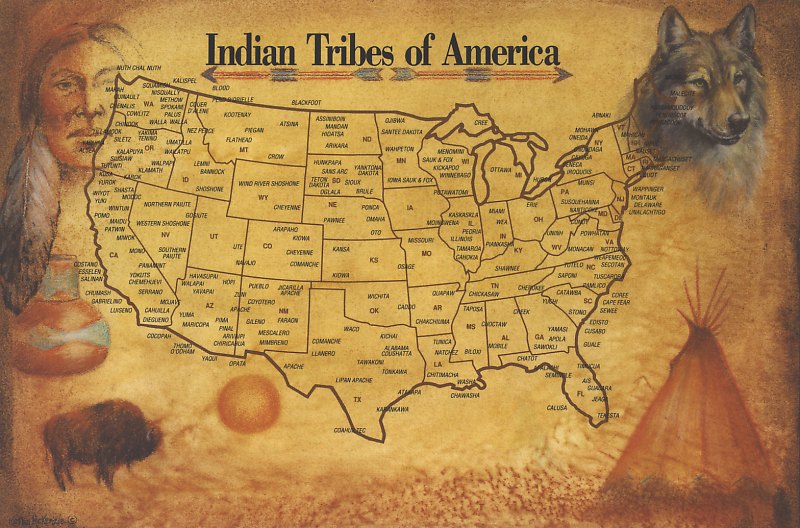
2. The Seminole Tribe of Florida
- Location: Florida
- Population: Approximately 4,000
- Key economic drivers: Gaming, tourism, and agriculture.
- Notable ventures: Seminole Gaming, owning and operating casinos across Florida, generating substantial revenue.
- Impact: The Seminole Tribe has played a vital role in revitalizing the economy of South Florida through its tourism and hospitality ventures.
3. The Chickasaw Nation
- Location: Oklahoma
- Population: Over 110,000
- Key economic drivers: Gaming, healthcare, and energy.
- Notable ventures: Chickasaw Nation Industries, a diversified company with investments in gaming, healthcare, energy, and technology.
- Impact: The Chickasaw Nation has invested significantly in education, healthcare, and infrastructure, contributing to the overall well-being of its citizens.
4. The Navajo Nation
- Location: Arizona, New Mexico, and Utah
- Population: Over 170,000
- Key economic drivers: Energy, tourism, and agriculture.
- Notable ventures: Navajo Nation Gaming Enterprise, operating casinos and hotels, and Navajo Generating Station, a major coal-fired power plant.
- Impact: The Navajo Nation has made significant strides in developing its economy, focusing on energy production and tourism.
5. The Confederated Tribes of the Colville Reservation
- Location: Washington State
- Population: Over 9,000
- Key economic drivers: Gaming, timber, and natural resources.
- Notable ventures: Colville Tribes Enterprises, a diversified company with investments in gaming, timber, and natural resources.
- Impact: The Colville Tribes have successfully diversified their economy, ensuring long-term sustainability and economic security.
Factors Contributing to Tribal Wealth
Several factors have contributed to the economic success of these and other thriving tribes:
- Strong leadership: Effective tribal leadership has played a crucial role in developing and implementing economic strategies.
- Strategic planning: Tribes have adopted long-term economic plans, prioritizing investments in infrastructure, education, and workforce development.
- Business diversification: Diversifying economic portfolios beyond gaming has helped tribes mitigate risks and ensure sustainable growth.
- Government partnerships: Collaborations with federal and state governments have provided access to funding, resources, and regulatory support.
- Cultural preservation: Maintaining cultural traditions and language has fostered a strong sense of community and attracted tourism revenue.
Challenges and Opportunities
While these tribes have achieved remarkable economic success, they still face challenges:
- Economic inequality: Wealth disparities exist within tribal communities, with some members experiencing poverty and limited access to resources.
- Environmental concerns: The pursuit of economic development often raises environmental concerns, requiring careful resource management and sustainable practices.
- Political and legal challenges: Tribal sovereignty and self-governance are constantly challenged, requiring ongoing advocacy and legal battles.
Moving Forward: Building a Sustainable Future
Despite challenges, Indigenous communities are actively working towards a more equitable and sustainable future. Initiatives include:
- Promoting tribal economic development: Investing in education, workforce training, and entrepreneurship programs to empower tribal members.
- Protecting natural resources: Implementing sustainable resource management practices to preserve the environment for future generations.
- Strengthening tribal sovereignty: Advocating for federal policies that respect tribal sovereignty and self-determination.
- Preserving cultural heritage: Supporting cultural preservation efforts to maintain the traditions and languages that are essential to Indigenous identity.
Conclusion
The economic success of certain Indian tribes demonstrates the resilience and entrepreneurial spirit of Indigenous communities. While wealth is a complex and multifaceted concept, it’s clear that these tribes have achieved significant economic progress through strategic planning, strong leadership, and a commitment to their people’s well-being. By understanding the factors contributing to tribal wealth and the challenges they face, we can better appreciate the efforts of Indigenous communities in building a prosperous and sustainable future.
FAQ: Richest Indian Tribes
Q: Are all Indian tribes wealthy?
A: No, not all Indian tribes are wealthy. Wealth varies significantly among tribes, depending on factors like land ownership, business ventures, and government funding.
Q: What is the biggest source of revenue for Indian tribes?
A: Gaming is a major source of revenue for many tribes, but other sources include natural resources, tourism, and government funding.
Q: How do Indian tribes use their wealth?
A: Tribes use their wealth to improve the lives of their members through investments in education, healthcare, housing, infrastructure, and economic development.
Q: What are the challenges facing Indian tribes in terms of wealth and economic development?
A: Challenges include economic inequality, environmental concerns, political and legal challenges, and the need for sustainable economic development.
Q: What is the future of Indian tribal wealth?
A: The future of Indian tribal wealth depends on factors like continued economic diversification, effective resource management, and the preservation of cultural heritage.
This article provides a general overview of the topic and does not represent a definitive list of the "richest" tribes. It’s important to remember that wealth is a multifaceted concept and that the economic success of any tribe should be viewed within the context of its unique history, culture, and challenges.

Closure
Thus, we hope this article has provided valuable insights into Unveiling the Wealth of Indigenous Nations: Exploring the Richest Indian Tribes in the United States. We appreciate your attention to our article. See you in our next article!

